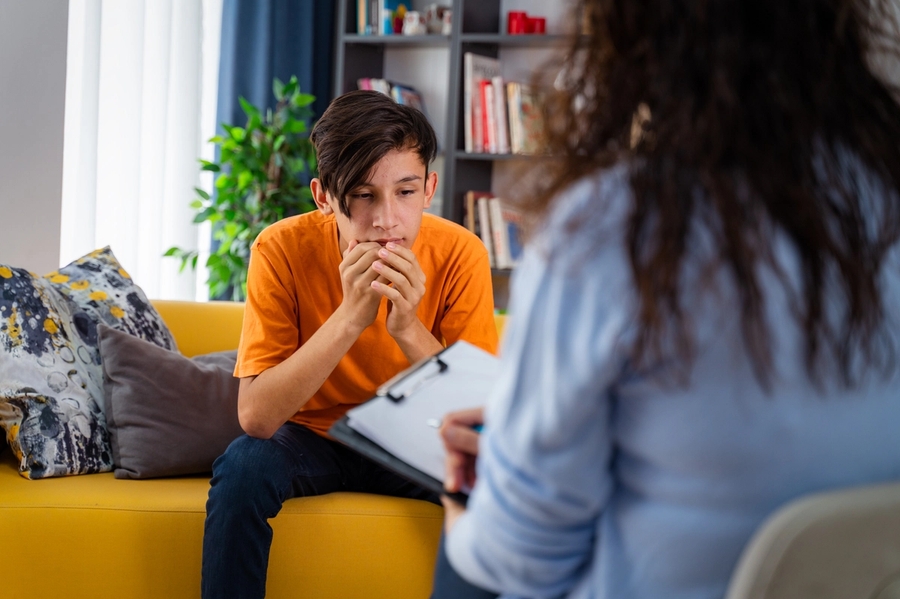The pandemic, combined with a shortage of mental health providers, has worsened a mental health crisis among kids in the US. The crisis is now the top patient-safety concern for 2023, according to a report from the Institute for Safe Medication Practices (ISMP) and ECRI, the largest nonprofit patient-safety organization in the US.
The crisis disproportionately affects children of color and LGBTQ youth, as they are more likely to experience depression and anxiety and attempt suicide. They also have the least access to high-quality mental healthcare, according to Dheerendra Kommala, chief medical officer at ECRI.
Some stats:
- Anxiety rates in kids ages 3 to 17 increased by 29% in 2020 compared to 2016, and depression rates went up by 27% over the same time period.
- The number of weekly emergency room visits for suspected suicide attempts by children was 39% higher in 2021 compared to 2019.
- Just 50% of kids and young adults ages 5 to 21 with major depression get a diagnosis. Of those with a diagnosis, just 40% receive any mental health treatment.
Experts from the ECRI recommended pediatric providers incorporate mental health screenings into every visit. The screenings vary based on the age of the child, but for adolescents, a validated screening for depression consists of nine questions and takes about 10 minutes to complete, Tom Zaubler, a clinical psychiatrist and the chief medical officer for NeuroFlow, a digital health company that connects patients with mental health professionals, told Healthcare Brew.
Navigate the healthcare industry
Healthcare Brew covers pharmaceutical developments, health startups, the latest tech, and how it impacts hospitals and providers to keep administrators and providers informed.
After the screening, there needs to be a “warm handoff,” Zaubler said. That’s when a pediatrician introduces a patient to a mental health provider in person, rather than just writing them a referral.
A stark shortage: There were only about 8,300 practicing child psychiatrists in the US as of 2019, but more than 15 million kids who needed the help of one, according to the American Academy of Child and Adolescent Psychiatry. That’s about 1,807 kids for every practicing psychiatrist.
“There are so few psychiatric beds. There’s just nowhere to send them. So they’re waiting for a ridiculously long time,” said Zaubler.
There’s a healthcare industry-wide push to get more people into psychiatry fields, Zaubler said, but also to treat groups of patients at once instead of individually.
“I think group therapy here in this adolescent population actually can be really helpful, where children or adolescents are grouped together with similar issues,” said Anisha Patel-Dunn, chief medical officer of behavioral health company Lifestance Health.
Zaubler added that “it’s important to look at this from a population-based perspective and to think about ways that we can utilize limited resources as effectively as possible and broadly as possible.”
